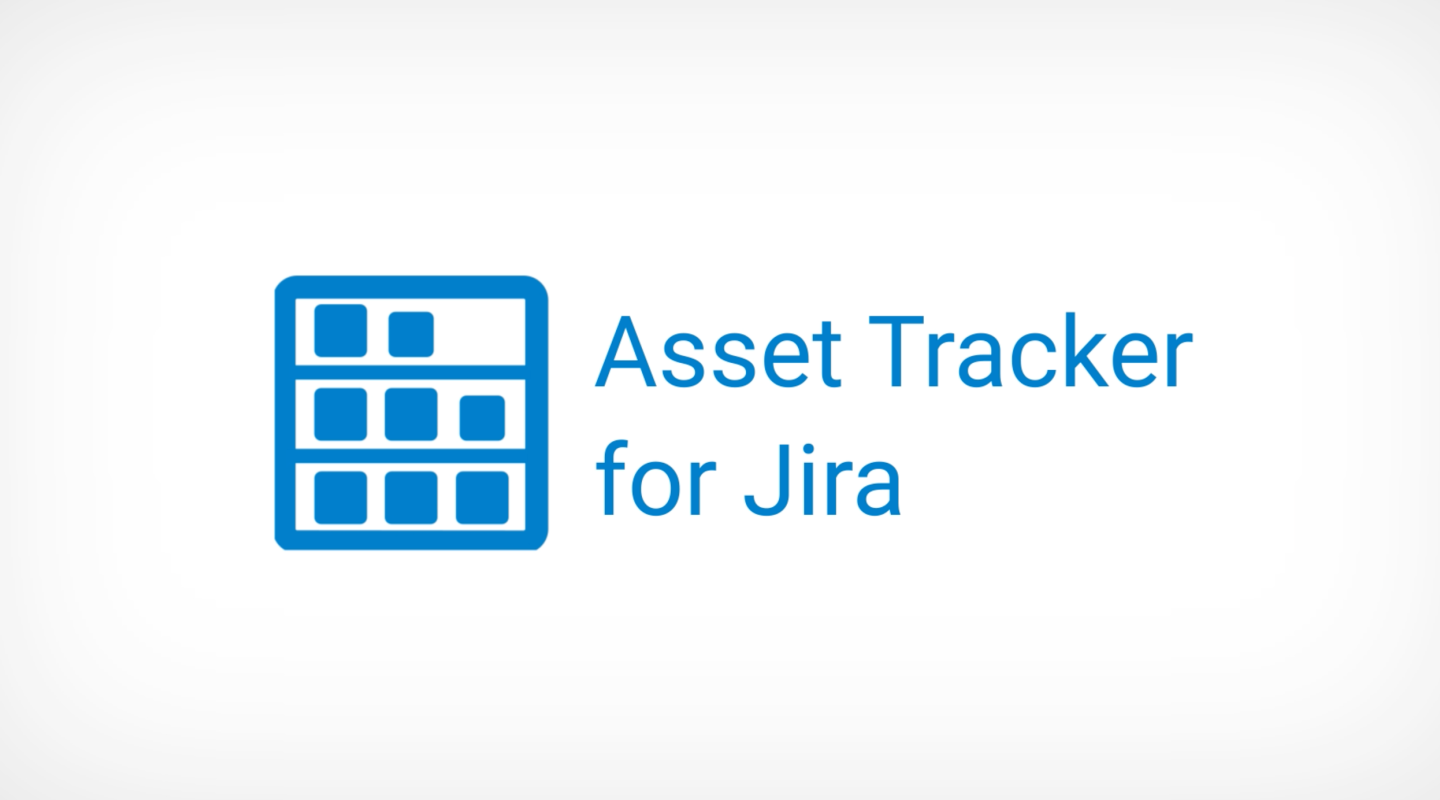Asset Tracker for Jira - RPPEO (Regional Paramedic Program for Eastern Ontario) [Casestudy]

_Well, we felt that when we had made the switch from spreadsheets to Asset Tracker, it was really like going from nothing, to something. Immediately, we started out with QR codes, and then took the next step by investing in a good quality printer and paper that is resistant to the wear and tear it would be subject through during 100s of training sessions._
About
RRPEO - The Regional Paramedic Program for Eastern Ontario is a non-profit organisation that was created in February 2009, combining the best of both the Ottawa and Kingston Base Hospitals. They provide medical direction, education and advice to paramedics and paramedic services in nine upper-tier municipalities across Eastern Ontario.
The communities served by the Regional Paramedic Program for Eastern Ontario are Prescott-Russell, Cornwall, Ottawa, The County of Renfrew, Lanark County, Leeds and Grenville, Lennox and Addington, Hastings County, Prince Edward County and Frontenac County, which equates to a service area of approximately 40,000km² to cover - roughly the size of Switzerland.
Combined, this includes nine paramedic services and more than 1,200 Paramedics, both Primary Care (PCP) and Advanced Care Paramedics (ACP). The Regional Paramedic Program for Eastern Ontario strives for excellence in prehospital care to ensure that the people in our community receive the highest-quality clinical care possible.
Frank St. Jean has been a manager at RRPEO since 2014. Frank’s main responsibility is directing the IT department—which also encompasses managing the development team for RPPEO’s paramedic training program and platform. The program and services provided by RPPEO has been built to cover both theory and practical learning techniques, with an accompanying digital portal, the aptly named MedicLEARN to cover the former. The platform is available for free to all enlisted paramedics in Eastern Ontario and grants them the accessibility to all modules and materials included within a course curriculum.
Frank maintains relations between the region’s main hospitals and paramedic organisations throughout the region to facilitate training and certifications of medical courses that ensure paramedics match the required standards to practice. Therein, RRPEO’s courses are provided for those who are new to the paramedical field following graduation from College, seasoned paramedics returning to active duty after a break, and paramedics in active duty paramedics who need to keep up-to-date on the latest practices.
Frank has employed Asset Tracker for Jira to meet the demands of asset management in RPPEO, below he tells us a bit about his experience.
RPPEO's area of service covers 10 counties in Eastern Ontario, Canada.
Where does ITAM fit into RRPEO’s workflow?
As we’re essentially a medical training institute, there’s also a great variety and volume of medical equipment and supplies which are required to conduct every course.
Our training has to be as close to the real thing as possible, and with that comes expensive equipment and supplies to mimic those which are used in real-life scenarios faced by paramedics. This cost creates a risk where we absolutely need to keep track of everything to keep on top of quality assurance and accountability, the latter is particularly important as we receive funding from the Ministry of Health, so we need to keep the books actual.
The type of assets we need to keep track of range from medical devices, such as defibrillators, pumps, kits, etc. right down to consumables, such as IV bags, needles, tubing and everything in-between. On a granular level, we need to have assurance that supplies are always measured and replenished to meet the demands of the curriculum, and that equipment is maintained at a level to be service-ready.
Furthermore, Eastern Ontario is quite an expansive area, so you can imagine that it requires a good amount of logistics to ensure that equipment and supplies are readily available and rotated to the different paramedic bases located throughout the region, particularly in remote areas that prove harder to reach when the elements aren't favourable.
How were you keeping tabs on your extensive inventory before Asset Tracker ?
We handled it with spreadsheets that lived on shared network drive — which proved to be a real pain to keep up-to-date. Mainly because it was too manual and we found that it was difficult to share information, which created a real sense of doubt if information was complete when the time came to generate reports for audits.
In hindsight, if there was a dedicated person delegated for the process, it would have been more reliable. That said, due to the nature of our work, and how often equipment had to be rotated across locations, going through different hands so often, making sure that every change was accounted just wasn't attainable with spreadsheets.
What was the a-ha moment when you decided to seek for a better solution for your ITAM needs?
In the period when we were still using spreadsheets to track our assets, we were also already using Atlassian’s Jira for our IT and business projects - such as our paramedic certification platform that contains the specific requirements put in place for each certification, as well as a record of certified persons. Naturally, Jira was, and still is leveraged to help in terms of managing the software development of this and other similar projects.
We were well aware that we needed to adopt a tool that was designed for asset management, and with that realisation, it was more of a question on how to prioritise improving our asset management processes over all of the other projects (business & IT) which were handled at the same time. To put it into context, asset management was, and still is an important aspect of our operations—particularly because we receive a finite amount of ministry funding for our equipment, so we need to ensure that assets are meticulously tracked to prevent the risk of loss, or additional cost when it comes to maintenance.
Parallel to this, we also use Jira to monitor the performance of paramedics in training, inclusive of audits on their calls, along with a certain level of reporting involved too. We have queues for investigations, inquiries and in general, a record of every action taken by paramedics and instructors throughout their phase of education is documented in Jira. With Jira, It was a natural progression for us to arrive at the thought — maybe we can use Jira to manage those processes and be able to document it in an efficient way, as opposed to using email, spreadsheets and electronic folders on a network drive.
With that, Jira became more to us than a tool for tracking software development, so we took it to the next level to cover other areas of the business. It was during this period of change that we became aware of Asset Tracker and immediately recognised its potential as a solution for our asset management needs.
What were the top reasons you decided to opt for Asset Tracker for Jira?
Well, we felt that when we had made the switch from spreadsheets to Asset Tracker, it was really like going from nothing, to something. Immediately, we started out with QR codes, and then took the next step by investing in a good quality printer and paper that is resistant to the wear and tear it would be subject through during 100s of training sessions.
The process of labelling our physical assets instilled a greater level of accessibility and discipline amongst the teams too. For instance, they can now just reference the label, either via the information printed or by scanning the code via the mobile app and pull up the exact asset record within our DB. This has made it easier for updates to be made to the asset records on-the-go, resulting in a greater level of accuracy and integrity with the data.
More importantly with Asset Tracker, on why we wouldn’t want to move away from it is because we’re so dependent on Jira to track incidents - because everyday there’s a potential issue, whether it be from a training, certification or business perspective. For example, if there’s an incident associated with a missing device, or we shipped it somewhere and it didn’t reach its destination or somethings broken and requires repair, then we actually attach that asset to the related case (issue) in Jira. The ability to correlate assets directly with Jira issues, and handle situations of all contexts is immensely valuable for us— mainly because it’s removed the hassle of having to switching back and forth between an external asset repository and Jira. When we have everything all in one place where we can build context, incidents are promptly documented and handled much quicker.
On a typical day, how is Asset Tracker for Jira employed within your team's workflow?
The majority of our assets are related to the paramedic trainings we provide so they're pretty much always in circulation. So, there's two main asset activities which would occur daily, if not weekly— 1. updating of new assets into our DB once they're delivered, and 2. updating existing assets' status when they're in circulation. For the former—when we procure new assets, a designated person takes care of updating that asset into the database and printing a label to be put on the asset.
Building asset records is the most controlled part of our asset management and is done via the web app. Thereafter, the team members that are involved with logistics would ensure that the asset’s state is updated when needed, that is when it is allocated for a training session, reintegrated and when servicing is due to be performed.
If there’s numerous pieces of equipment set to go out on a training session, then the mobile app comes into play. I identified the real value in the mobile app for this process when I incorporated operation sequences into our workflows. So, in a typical scenario our equipment is only distributed to fixed locations throughout the province, behind that I create a predefined operation sequence to streamline this process at the point of asset release where a member of my team would simply have to open up Asset Tracker’s mobile app and execute the scan profile for a specific location. This saves them the hassle of having to go back into the web app and updating the location field’s data for each asset which is released.
To wrap-up, what are the main pros, cons and benefits of Asset Tracker?
- Nothing to something.
- Peace of mind.
- One source of truth.
- Valued because of the time saved.
- They rely on it, and we see it as a reliable source if truth.
- On a higher level, I can quickly pull data in the form of reports when needed.
- Huge difference.
- Helps us be more efficient.
- Save money when it comes to procurement—when it needs to be repaired or disposed.
- More comfortable to make informed decisions on replacing equipment or updating equipment.

